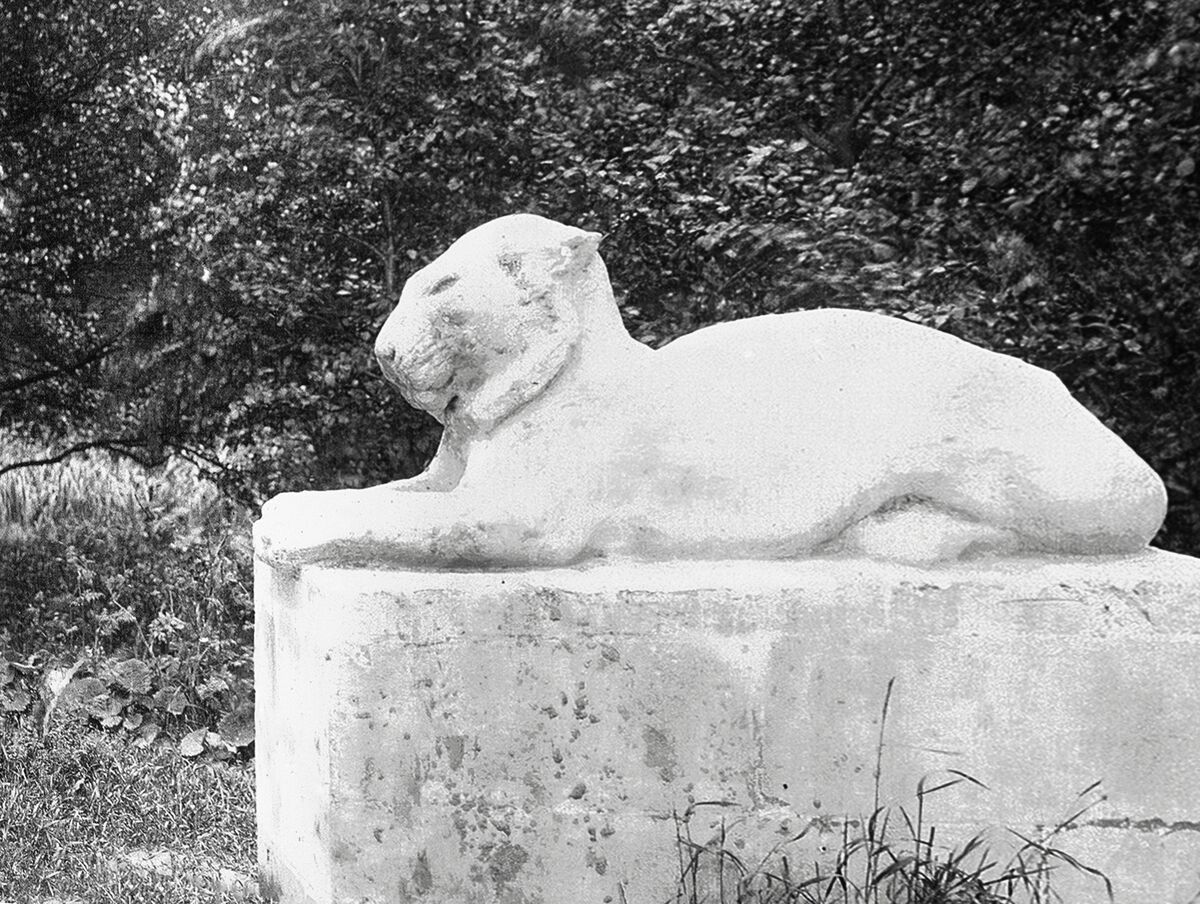A Pioneer in Danish Sculpture
Anne Marie Carl-Nielsen was one of Denmark's most prominent sculptors and a woman who insisted on her right to create art in a time when female artists faced significant resistance. Her artistic career spanned several decades and embraced – beyond some of the country's most iconic monuments – both voluminous sculptures and intricately detailed animal studies. With an impressive ability to combine power and detail, she carved out a place in art history that extends far beyond her own time – although she often unfairly stood in the shadow of her more world-renowned husband.
Anne Marie Carl-Nielsen developed an early close relationship with nature and animals, a theme that later became a constant feature in her art. As a child, she modeled figures from clay dug up from the kitchen garden, but from the start, her stubborn determination was put to the test. Fortunately, in Copenhagen, she found a mentor in August Saabye, who took her under his wing, and she received her education at the School of Fine Arts for Women when it opened in 1888.
Carl-Nielsen and Bangsbo
The exhibition at the Kystmuseum Bangsbo takes a completely different starting point, namely 30 years earlier, when a young Anne Marie Carl-Nielsen – with the involvement of Gustav Wied – sold two sculptures "intended as a Decoration in a Hall, a Garden, or in front of a Portal" to estate owner Johan Knudsen in northern Jutland. This is the story of one of the most artistically significant power couples of the time, whose untamable creative drive eventually wore both them and each other down, but who, along the way, managed to create something truly fantastic.
The exhibition is part one of two exhibitions focusing on Anne Marie Carl-Nielsen. The exhibition "Anne Marie Carl-Nielsen & Bangsbo" can be seen at the Kystmuseum Bangsbo until the end of the year.?The Carl Nielsen family had a close relationship with Skagen for many years, and part two, the exhibition "Anne Marie Carl-Nielsen and Skagen," can be seen from April 1 to August 31, 2025.





